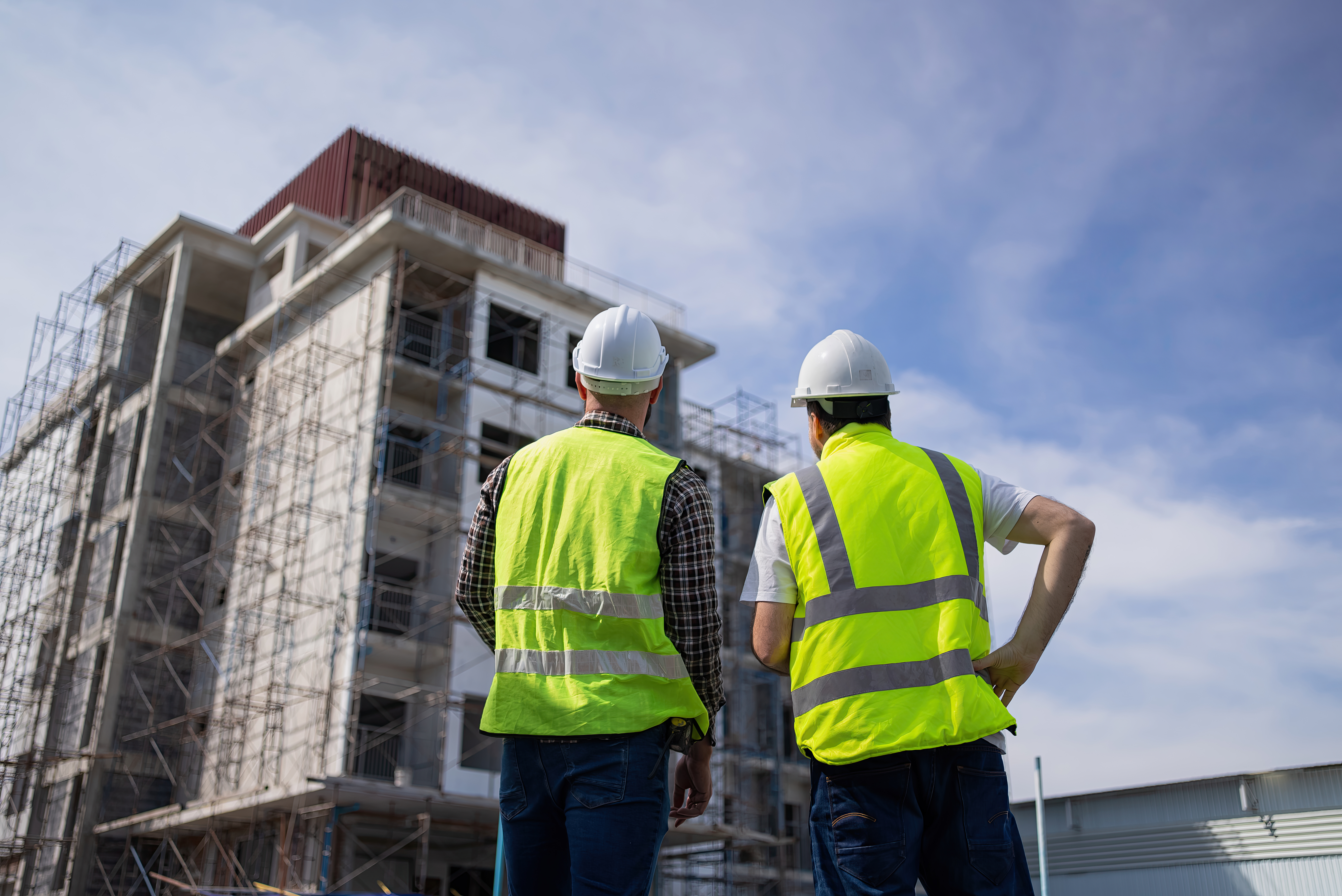
Get matched with top structural engineers in Ririe, ID
Enter your zip and get matched with up to 5 pros
Need a pro for your structural engineering project in Ririe, ID?
Verified Reviews for Structural Engineering pros in Ririe, ID
*The Angi rating for Structural Engineering companies in Ririe, ID is a rating based on verified reviews from our community of homeowners who have used these pros to meet their Structural Engineering needs.
*The HomeAdvisor rating for Structural Engineering companies in Ririe, ID is a rating based on verified reviews from our community of homeowners who have used these pros to meet their Structural Engineering needs.
Last update on December 14, 2025
Find Structural engineers in Ririe
Meier Architecture • Engineering
Meier Architecture • Engineering
Meier Architecture & Engineering, an Employee Owned company, is a full-service architectural and engineering consulting firm with Registered Architects and licensed Professional Engineers in Civil, Electrical, Mechanical, and Structural Engineering. Formed in 1982, has successfully completed more than 6,600 projects in the past 29 years. Meier Architecture & Engineering, an award winning company providing services from coast to coast, as well as worldwide, we are licensed in 28 states and serve as members of many professional, discipline-specific associations. Mindful of our future, members of our staff are also accredited in Leadership in Energy and Environmental Design (LEED).
Meier Architecture & Engineering, an Employee Owned company, is a full-service architectural and engineering consulting firm with Registered Architects and licensed Professional Engineers in Civil, Electrical, Mechanical, and Structural Engineering. Formed in 1982, has successfully completed more than 6,600 projects in the past 29 years. Meier Architecture & Engineering, an award winning company providing services from coast to coast, as well as worldwide, we are licensed in 28 states and serve as members of many professional, discipline-specific associations. Mindful of our future, members of our staff are also accredited in Leadership in Energy and Environmental Design (LEED).
FAQs for structural engineering projects in Ririe, ID
No, it’s not legal for unlicensed individuals to conduct structural calculations for buildings or building repairs. Not only do licensing requirements prevent DIYers from tackling this project, but mistakes can also be extremely dangerous and put your property and anyone inside or near it at risk of severe injury or even death. You should always hire a licensed and certified local structural engineer to make structural calculations.
Yes, all states require structural engineers to carry the proper license, with specifics determined by each state. You can use Angi’s state licensing tool to confirm that the structural engineer you’re considering holds the required licensing to tackle your job. Hiring an unlicensed structural engineer will not only cause issues with permits but it could also lead to an unsafe building. The cost of a professional, licensed, and experienced engineer is well worth the investment.
The process of hiring a structural engineer starts by finding reliable professionals in your area and comparing quotes from at least three of them. From there, you can narrow down your selection by asking some leading questions:
Do you have experience working in my specific area?
Do you have professional indemnity insurance?
What will your structural report cover?
Do you charge a flat fee for a structural report or by the hour?
How long have you been in business?
Do you have a list of customer references?
Structural engineers typically charge between $100 and $250 per hour, but many jobs won’t be based on a per-hour fee. Instead, the structural engineer will offer a flat rate for the inspection and structural calculations. The flat rate for a structural engineer costs an average of around $550, but you could see prices ranging from $300 to $800, depending on the complexity of your project and how easy it is to access certain parts of your home for the inspection.
Whether you’re building a new home or building an extension on your existing property, you will likely need both a structural engineer and an architect. A structural engineer will determine what loads your foundation and framing can safely handle, and an architect will draw plans according to those structural calculations to simplify the building process. You can start by contacting a structural engineer near you, as many work alongside architects and can get all of the prep work done at once.
The Ririe, ID homeowners’ guide to structural engineering services
From average costs to expert advice, get all the answers you need to get your job done.

A new steel I-beam is more durable than a wooden one. Learn what factors can affect steel I-beam installation costs and how to budget for this project.

The cost of a structural engineer is easily justifiable given the value they bring to the table. Use this guide to see what hiring your professional will total in Dallas, TX.

Looking to expand your ceiling and send claustrophobia running for the hills? This guide covers the cost to vault a ceiling and factors that impact estimates.

Do you have a load-bearing wall standing between you and your projects that you want to remove? Learn about the cost of removing a load-bearing wall.

Wondering what a lally column is? Learn what it is, how it works, when you need one, and the pros and cons in this simple guide.

Learn what a structural engineer is, what they do, when you might need to hire one for your home project, and how much they charge.
